About one-third, if not more, of the fiber you need every day can be found in a cup of kidney beans. Berries, cruciferous veggies, oats, chia seeds, and dark chocolate are also high-fiber foods.
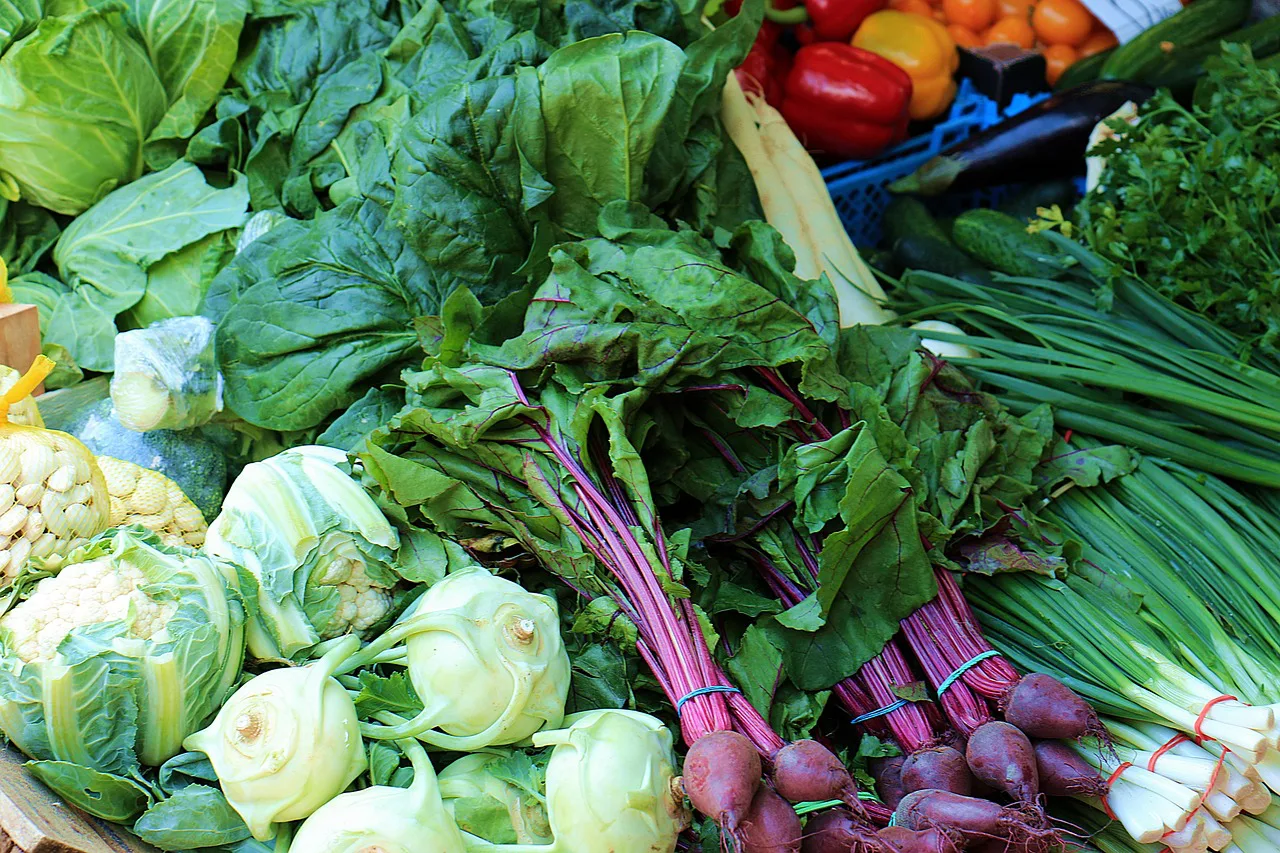
images credit by: pixabay
Foods that contain High In Fiber
You won’t find fiber in your chicken dinner because fiber comes from plants. But plants have a lot to offer, and you might be surprised by the best sources of dietary fiber.
Taylor says that you should try to get 25 to 35 grammes (g) of fiber every day. Here are her top 22 foods to add to your diet right now, along with some tasty meals and snacks.
What is fiber? What kinds of fiber are there?
In the past, the word “fiber” was used to describe a type of carbohydrate that the body couldn’t break down. Recently, scientists have found that some things that can be digested have some of the same properties as fiber. This makes it harder to describe what fiber is.
Here are some ways that scientists put fiber into groups:
- Dietary fiber is found naturally in the plants we eat.
- Added fiber is fiber that is added to some goods by the manufacturer to make them healthier.
- Soluble fibers dissolve in water and can be broken down by the body.
- Insoluble fibers are not edible.
Pectin is found in soluble plant fibers. They can lower cholesterol and blood sugar and are found in fruits, vegetables, oats, and barley.
The digestive system passes insoluble fibers from plant skins. Constipation can be avoided. Whole grains, seeds, bran, and celery are examples.
What are Benefits Of Fiber
Fiber in your diet can help with the following:
- Sugar control: High-fiber foods take longer for the body to break down, so glucose doesn’t get into the bloodstream as fast. This helps you keep your blood sugar levels more stable.
- Supporting a good healthy weight: Fruits and veggies, which have a lot of fiber, tend to have less calories than other foods. Fiber can also slow down processing, making you feel fuller for longer.
- Getting rid of cancer: Some cancers, like colon cancer, may be less likely to happen if you eat enough fiber. Some types of fiber, like the pectin in apples, may have antioxidant qualities, which could be one reason why.
- Lowering cholesterol: Fibre in the digestive system can help keep the body from absorbing too much cholesterol. This is especially true if you take statins and take fiber supplements like psyllium fiber.
- How to avoid constipation: fiber can make processing go faster and keep you from getting backed up. Since your body can’t break down insoluble fiber, it adds bulk to the digestive system. This gets the bowels moving.
If you want to eat more high-fiber foods, do it slowly over a few days and drink a lot of water. This can help keep bad things from happening, like bloating and gas.
1. Lentils
Legume foods have a lot of fiber. “Lentils are nutritional powerhouses,” says Taylor. “They have little fat, a lot of protein, and a lot of fiber.” These seeds can be eaten. They come in different colours and flavours, but they are all good for you. They are a base in many different kinds of food.
Eat them this way: Lentils are easy to cook and taste good both in soups and salads. You can replace some of the meat in your chilli with them to make it more plant-based, or you can add curried tomatoes to make a simple, tasty meatless meal.
| How Much Fiber Contain | 1 cup, boiled = 18 g fiber |
2. Strawberries
Strawberries are a tasty and healthy choice for a summer meal or a snack at the office.
They have fiber, vitamin C, iron, and a number of antioxidants.
| How Much Fiber Contain | 3 grams in 1 cup of fresh strawberries, or 2 grams per 100 grams |
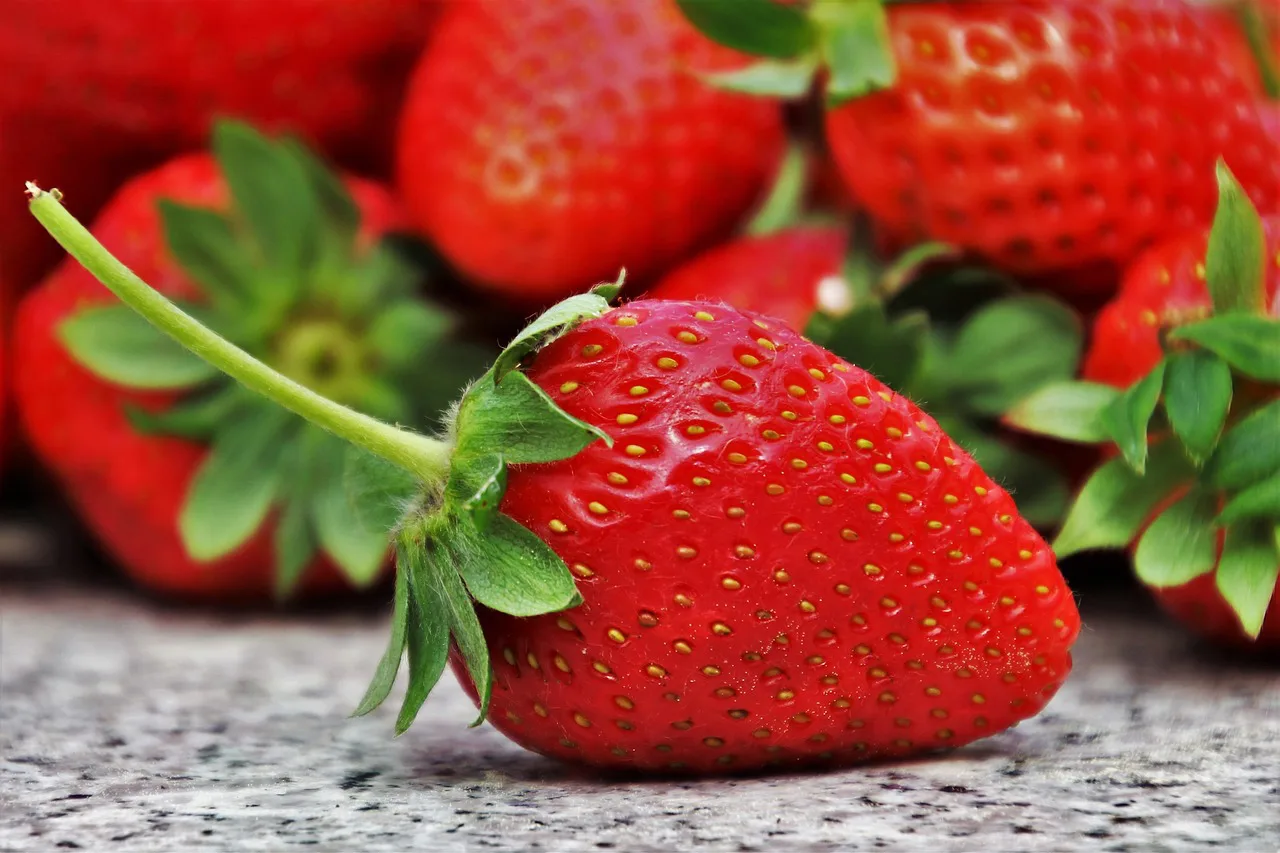
3. Black beans
In general, beans have a good amount of fibre, and black beans are near the top of the list. They also have a lot of protein, potassium, and vitamins, making them a tasty and healthy option.
Eat them this way: Black beans make a strong base for a chilli without meat, and they are a surprising good topping for baked potatoes. You can even make cookies out of them.
| How Much Fiber Contain | 1 cup, canned (unsalted) = 15 g fiber |
4. Oats
Oats have a lot of vitamins, minerals, and antioxidants and are a great form of fiber.
They have a strong soluble fibre called beta glucan, which may help control blood sugar and cholesterol levels.
| How Much Fiber Contain | 16.5 grams per cup of raw oats, or 10.1 grams per 100 grams |
5. Artichoke hearts
These overlooked vegetables are full of nutrients and taste a little bit like the earth. They are full of fibre, vitamin K, and folate, and may also be good for the health of your liver.
Eat them this way: You can add artichokes to pasta or salads, like this salad with vegetables, beans, and artichokes, or you can pile them on top of a pizza. And if you like rich, gooey spinach and artichoke dip, try this version that has less fat and calories.
A tip about preparing this spiky vegetable: “If you don’t want to deal with them, try the canned or frozen kind,” says Taylor. “Just keep an eye on how much sodium they are getting.”
| How Much Fiber Contain | 1 cup, cooked = 14 g fiber |
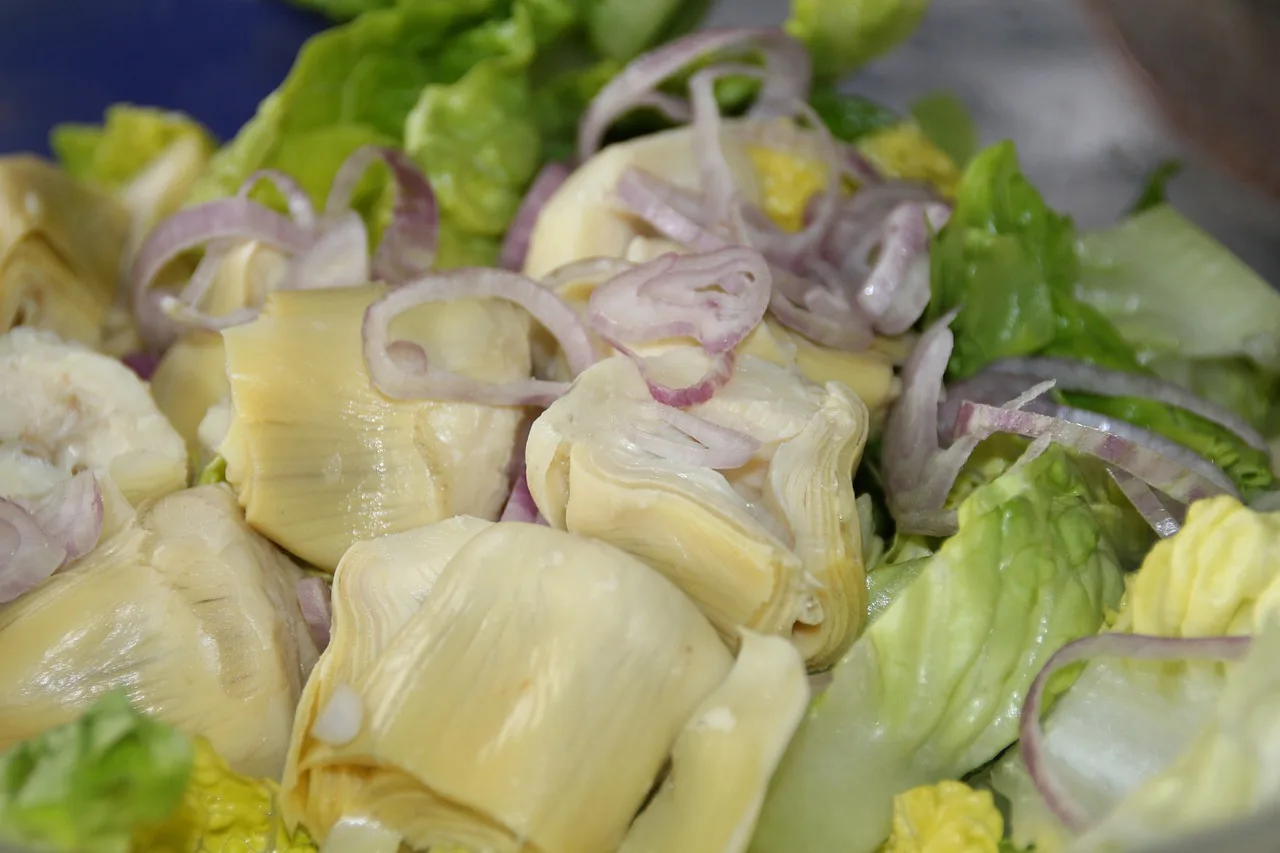
6. Raspberries
Raspberries are a healthy food that has a unique taste. They have iron, vitamin C, and fibre.
| How Much Fiber Contain | One cup of raw raspberries contains 8 grams of fiber, or 6.5 gram per 100 grams |
Other foods high in fiber:
Here are some more berries you can put in sweets, muesli, smoothies or just eat as a snack:
Try them on salads with a dressing made of raspberry and mint.
| Blueberries | 2.4 grams per 100-gram serving |
| Blackberries | 5.3 grams per 100- gram serving |
7. Chickpeas
Chickpeas are a favourite vegetable that are high in fiber. “Legumes are star players,” says Taylor. “They are some of the best places to get protein and fibre, help you feel full, and have an amazing mix of nutrients.”
Eat them this way: We’ll give you one word: hummus. But chickpeas are also great in salads and sides, and you can season them and then roast or air-fry them until they are crispy for a filling snack.
| How Much Fiber Contain | 1 cup, cooked = 12 g fiber |
8. Carrots
You can eat raw or cooked carrots. Carrots are a root veggie. Carrots give you fiber, vitamin K, vitamin B6, calcium, and beta carotene, which is an antioxidant that your body turns into vitamin A.
| How Much Fiber Contain | 3.6 grams in 1 cup of raw carrots, or 2.8 grams per 100 grams. |
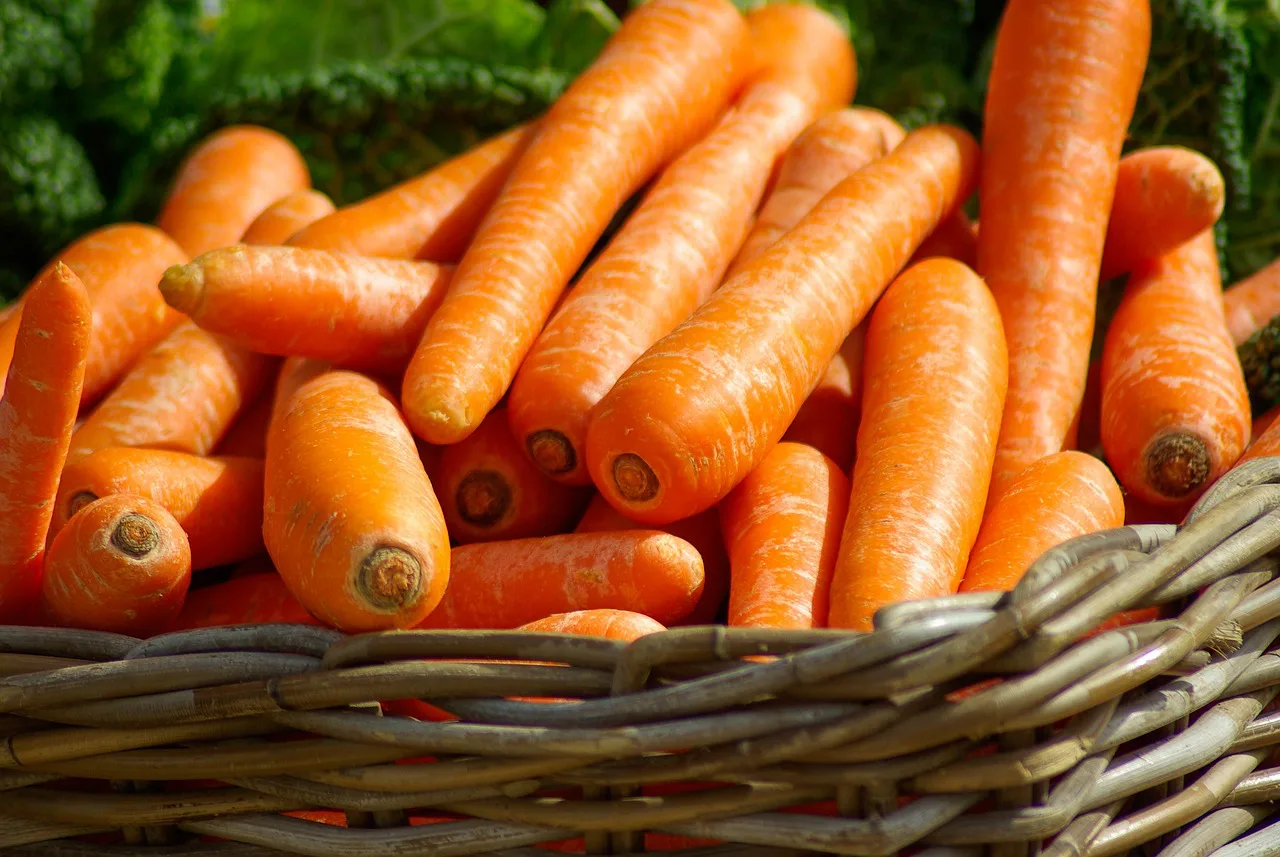
9. Raspberries
“All berries are good for you, but raspberries have some of the most fiber,” says Taylor. “They’re also tasty, of course.” Raspberries are also full of healthy antioxidants and polyphenols, which reduce oxidative stress and lower your chance of diseases.
Eat them this way: When berries aren’t in season, they can be expensive, so it’s often cheaper to buy them frozen. If you don’t like how soft thawed berries feel, you can put them in a smoothie or warm muesli. And even though they are low in fat, these raspberry cheesecake bars are rich and delicious.
| How Much Fiber Contain | 1 cup = 8 g fiber |
10. Broccoli
Broccoli is a cruciferous veggie that is also a healthy food.
It has fibre and also has vitamin C, vitamin K, folate, B vitamins, potassium, iron, and manganese. It also has nutrients and chemicals that may help fight cancer. Compared to other veggies, broccoli also has a pretty high amount of protein.
| How Much Fiber Contain | 2.4 grams per cup, or 2.6 grams per 100 grams. |
11. Whole-wheat pasta
Whole grains have a lot of fiber and are a good source of carbs. They also have a lot of healthy phytonutrients, which may help keep diseases at bay. “Just make sure to skip the white pasta, which has been stripped of all the good stuff, and go for whole wheat instead,” says Taylor.
Eat them this way: You probably already have a favourite kind of pasta, but if you want to try something new, give whole-wheat pasta primavera a try. It’s full of healthy vegetables and is a nice change of pace.
| How Much Fiber Contain | 1 cup, cooked = 7 g fiber |

12. Brussels sprouts
Brussels sprouts are linked to broccoli because they are cruciferous vegetables. They are high in fiber, vitamin K, potassium, folate, and antioxidants that may help fight cancer.
Try cooking Brussels sprouts with apples and bacon in the oven.
| How Much Fiber Contain | 3.3 grams per cup of raw Brussels sprouts, or 3.8 grams per 100 grams |
13. Pears
These fruits from early winter are a great source of fiber. “Compared to many other fruits, pears are particularly high in soluble fibre, which slows digestion and lowers cholesterol,” says Taylor.
Eat them this way: Just take a bite and enjoy! Or, try cooked pomegranate pears and kumquats for a fancy and healthy dessert.
| How Much Fiber Contain | 1 medium pear = 6 g fiber |
14. Kidney beans
Beans like kidney beans are famous. Like other beans, they give you protein from plants and different nutrients.
| How Much Fiber Contain | 12.2 grams per cup of cooked beans, or 7.4 per 100 grams |
14. Almonds
Unsaturated fat, which is the good kind of fat found in nuts, is thought to lower the risk of heart disease. They have a good amount of fiber and about 6 grammes of protein per serve. They are a great snack to take with you.
Eat them this way: If you eat nuts as a snack, just be careful about how much you eat. They give salads like watermelon with cucumber, tomato and almonds and Swiss chard with slivered almonds a nice crunch.
| How Much Fiber Contain | 23 almonds = 6 g fiber |
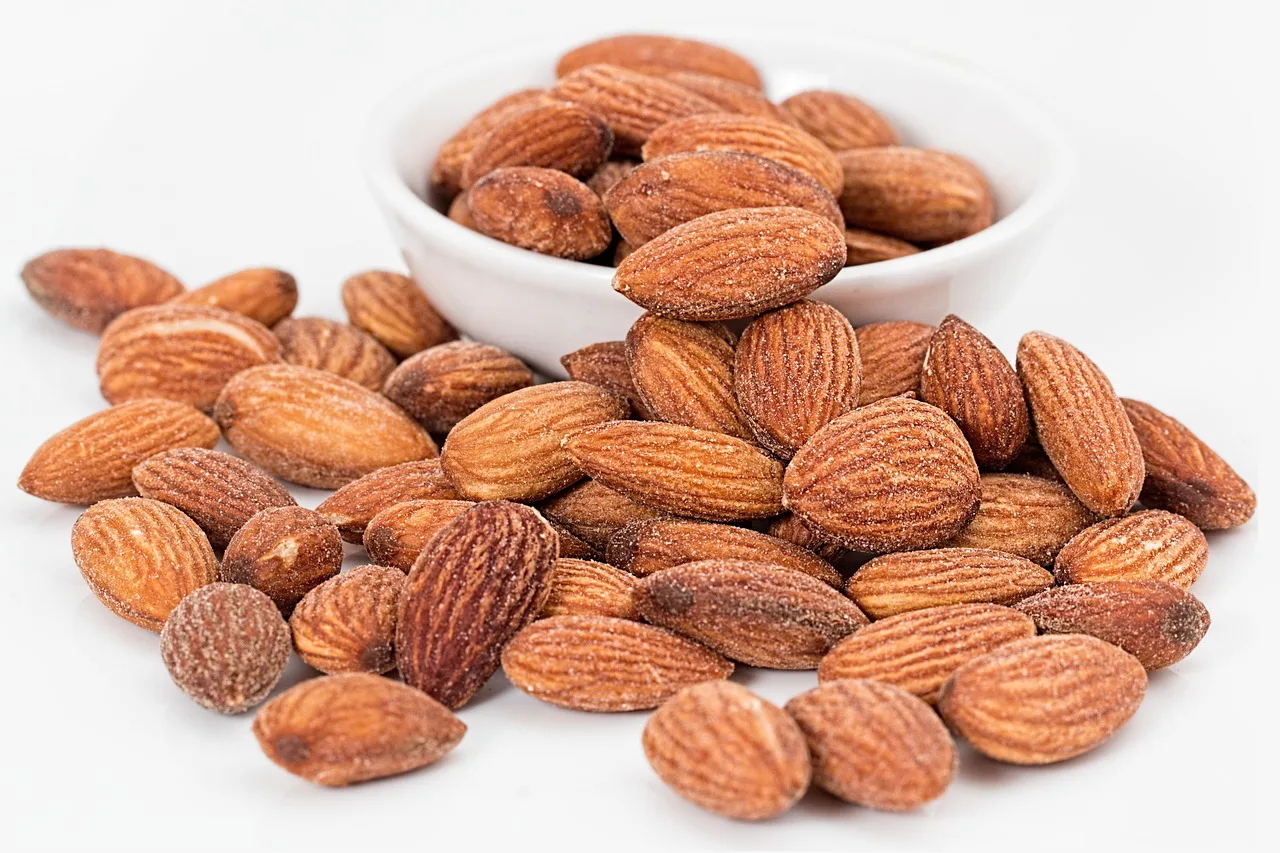
15. Quinoa
This superfood is like a grain but doesn’t have gluten. It’s high in fibre and has all the amino acids you need, which makes it a great option for meat. It has a lot of iron, which is good for your brain, and vitamin B2, which keeps your brain and muscle cells strong.
Eat them this way: It can be baked into sweet potato quinoa cakes, served with salmon, or added to salads after it has been toasted. You can also eat it for breakfast with fruit and nuts.
| How Much Fiber Contain | 1 cup, cooked = 5 g fiber |
What you need to know before you eat more fiber
A word of warning before you jump on the fibre bandwagon: “Make sure to slowly add more fibre to your diet.” “If your body isn’t used to it, eating too much can make you feel bloated and give you cramps,” says Taylor.
To avoid feeling bloated, slowly add more high-fiber foods to your diet over the course of a few weeks.
Taylor adds one more important tip: “Make sure you drink enough water when you add fibre to your diet.” “Fibre attracts water, which is good, but it can make you constipated if you don’t drink enough water.” Drink at least 2 litres of fluids every day to keep things going.
If you slowly add more fiber to your diet and drink a lot of water, your body will be able to adjust better.
Most Frequently Asked Questions
Which food has the most fiber?
Fiber-rich foods include lentils, pears, onions, leafy greens and muesli. Fiber comes in different ways, though People eat different amounts of different foods, so it’s hard to compare which food is the highest in fiber for a healthy diet.
How do I get more fiber?
A good way to get more fibre in your diet is to eat more muesli, pulses and fresh fruits and veggies. Choose veggies and potatoes with their skins on and whole-grain bread over white bread. If you aren’t used to eating a lot of fiber, adding it slowly over a few days can help you avoid gas and bloating.
What are the top 10 fiber-rich foods?
Some of the best foods to add to the diet are beans, lentils, split peas, oats, apples, pears, almonds, chia seeds, Brussels sprouts, and avocado. But it’s important to get a good mix of nutrients in your food. You’ll need to think about how many calories and other nutrients a food has per 100 g, not just how much fiber it has.
You May Also Like:
Is Cheddar Cheese Halal or Haram?
